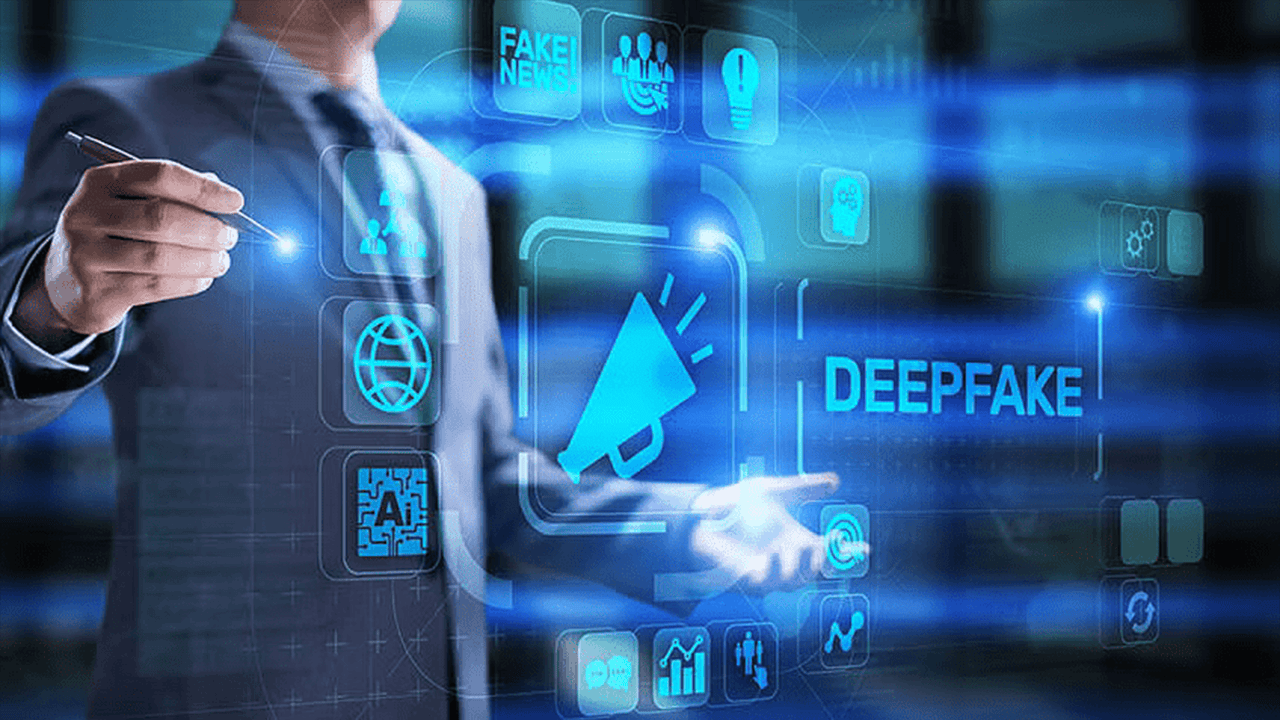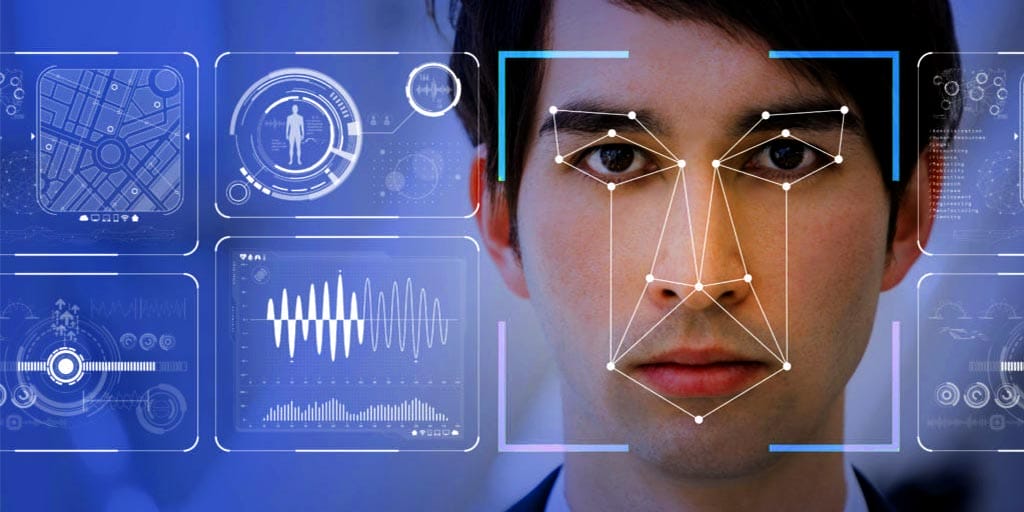The following article covers What is a Deepfake? And explains how to detect this fake media.
Have you ever heard the term ‘deepfake’ and wondered what it meant?
Or seen a suspiciously realistic video of a celebrity saying something they never did? If you answered yes to either question, you’re about to delve into the intriguing world of deepfakes.

What is a Deepfake?
A deepfake in simple terms, is a synthetic media where a person in an existing image or video is replaced with someone else’s likeness using artificial intelligence (AI) techniques.
According to Merriam-Webster Dictionary, a deepfake is “an image or recording that has been convincingly altered and manipulated to misrepresent someone as doing or saying something that was not actually done or said.”
This technology has the power to create hyper-realistic content, blurring the line between reality and fabrication.
How are Deepfakes Created?
Deepfakes are made using AI and machine learning (ML), specifically deep learning and Generative Adversarial Networks (GANs).
Deep Learning
Deep Learning is a subset of machine learning that mimics the workings of the human brain in processing data for decision-making.
In the context of deepfakes, it’s used to analyze facial features and movements.
Generative Adversarial Networks
GANs consist of two parts: the ‘generator,’ which creates the fake image, and the ‘discriminator,’ which attempts to distinguish the fake from real images.
They work together, improving over time until the discriminator can no longer tell the difference.

Impact of Deepfakes
Deepfakes, like any technology, can be a double-edged sword, having both positive and negative consequences.
The Positive Side
Deepfakes can be used for fun, entertainment, and creative purposes. They can also be utilized in film production to generate special effects or even bring actors back to life on screen.
The Negative Side
However, there’s a darker side to deepfakes. They pose significant threats to cybersecurity and can be used as a tool for misinformation and disinformation.
Cybersecurity Threats
Deepfakes can be used for fraudulent activities such as identity theft, scamming, and more, causing potential havoc in both personal and professional realms.
Misinformation and Disinformation
Deepfakes can also be used to spread fake news, manipulate public opinion, and cause political instability, making them a threat to democracy itself.
Detecting Deepfakes
Identifying deepfakes is a challenging task, given the increasing sophistication of the technology. But certain techniques can help spot them.
Challenges in Detection
The better deepfake technology gets, the harder it becomes to distinguish fakes from real images or videos. This complexity makes deepfake detection an ongoing challenge for AI researchers and cybersecurity experts.
Techniques to Spot Deepfakes
Several techniques can be used to spot deepfakes, although none are 100% foolproof as the technology continually evolves with new deepfake types.
Visual Discrepancies
One of the most common ways to detect deepfakes is by looking for visual inconsistencies. These could be unnatural movements, unusual lighting, or inconsistent eye blinking patterns.
Audio Analysis
Often, the audio in deepfakes doesn’t match the video perfectly. Tools that analyze speech patterns and compare them to a person’s known voice can help spot fakes.
Legal and Ethical Implications of Deepfakes
As with many technologies, deepfakes come with a host of legal and ethical questions.
We suggest reading our separate guide on Are Deepfakes Illegal?
Legislation Against Deepfakes
There’s growing interest in creating laws to regulate the use of deepfakes. Some countries have already begun to enact legislation, but it’s a complex issue that involves balancing freedom of expression with the potential for harm.
Ethical Considerations
The ethical implications of deepfakes are vast. They can be used to harm individuals’ reputations, invade privacy, or manipulate public opinion, making the technology’s ethical use a topic of heated debate.
What is a Deepfake? Final Thoughts
Deepfakes, fueled by AI, represent a fascinating yet alarming progression in digital content creation. They offer both tremendous opportunities for creative expression and significant threats to personal and societal security.
As the technology improves, the challenges in distinguishing fact from fiction become increasingly complex.
It’s crucial for governments, technologists, and society at large to navigate this challenging landscape carefully, balancing innovation with the need to prevent misuse.
Deepfake FAQs
1. What is a deepfake?
A deepfake is a synthetic media where a person in an existing image or video is replaced with someone else’s likeness using AI techniques.
2. How are deepfakes created?
Deepfakes are created using deep learning and Generative Adversarial Networks (GANs), both AI and ML techniques.
3. What are the positive uses of deepfakes?
Deepfakes can be used for entertainment, fun, and creative purposes, such as in film production for special effects.
4. What are the dangers of deepfakes?
Deepfakes can be used for fraudulent activities, spreading misinformation and disinformation, and pose significant threats to cybersecurity.
5. How can deepfakes be detected?
Deepfakes can be detected by looking for visual inconsistencies and analyzing speech patterns. However, as the technology evolves, it becomes increasingly challenging to spot them.